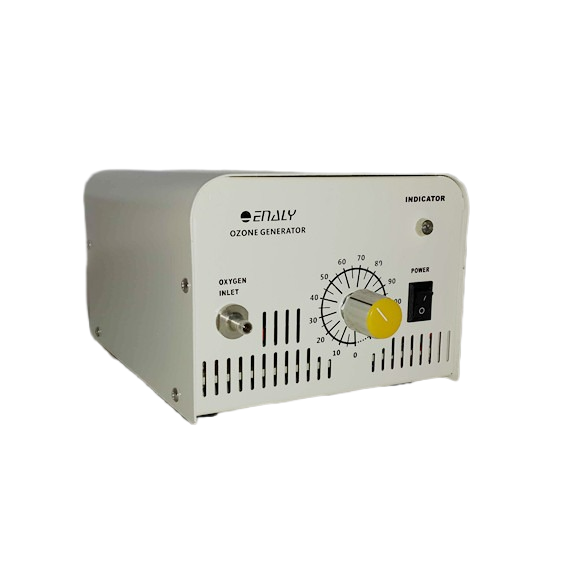Water purification is the process by which chemicals, contaminants, and sediments are removed from dirty water to make it clean, and there are many processes through which this can be done. What you might not know, is that ozone molecules can be used as a means of disinfection in the purification process. “Ozonation” has been used to purify water, kill germs and bacteria in food, and even get rid of bad smells. Not only does ozonation by an ozone generator provide clean water without producing potentially harmful by-products, it is also an environmentally-friendly form of purification.
About Ozonation and Water Purification by Ozone Generator
In a previous post, my colleague Fanny discussed how oxygen-filled microbubbles can be used as an environmentally-friendly way to restore water quality in contaminated lakes. While microbubbles can be used to reduce the concentration of toxic chemicals in the purification process, when employed alone this process isn’t enough to bring the water quality up to a drinkable standard. In order to turn natural water into drinking water, at least one step in the process must be a disinfecting step. Ozonation can serve this purpose and produce clean, drinkable water.
While ozone purification is quite prevalent in many European countries, it hasn’t quite caught on to the same level of popularity in the United States. Over the past few decades however, there has been increased concern surrounding the by-products that are created by chlorination, one of the most popular disinfection methods. Because of this and other recent developments, ozonation has been gaining popularity in the U.S. over the past few years.
How Water Purification Using Ozone Generator Works
Ozone is a molecule made up of three oxygen atoms and it can be manufactured relatively easily by running a high voltage current through dry air. Similarly to the way the sun’s UV rays create ozone molecules, this voltage causes oxygen molecules to combine, forming ozone molecules.
Ozone is a highly unstable molecule, a property that allows it to react easily with other molecules it comes into contact with. The molecules would rather revert to the more stable oxygen gas molecule, and the remaining oxygen atom then more readily bonds with viruses and bacteria it comes in contact with. This process causes holes to form in the cell walls of organic organisms, a reaction that destroys bacteria, viruses, and many types of fungi.

